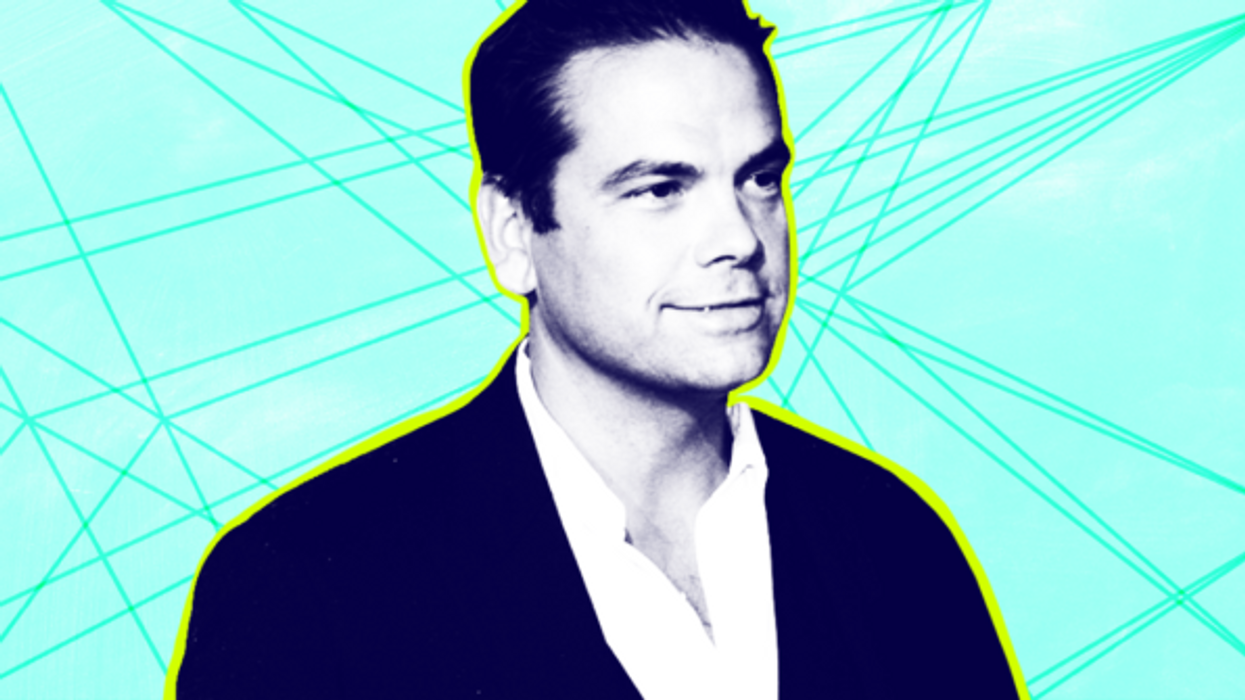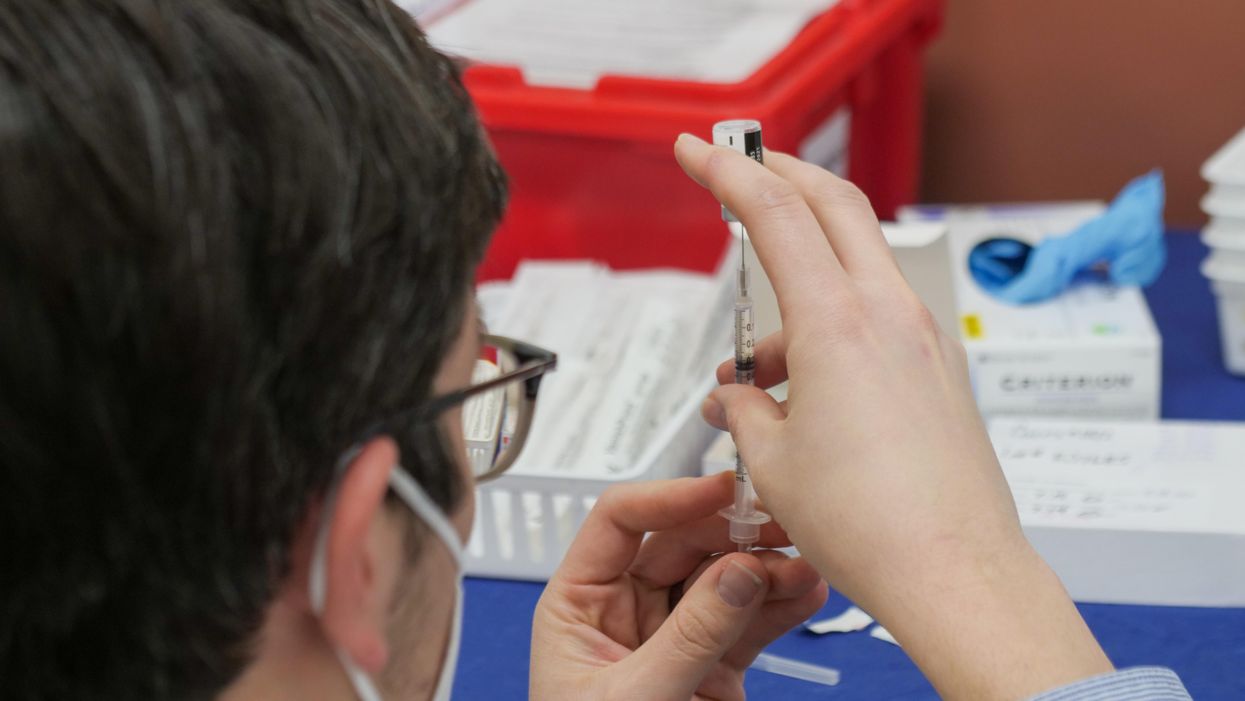Reprinted with permission from DC Report
The vaccine rollout worldwide has been a dismal failure. While U.S. distribution been painfully slow, other countries are in worse shape.
The culprits are world leaders who failed to encourage sharing of knowledge and resources. Donald Trump and his clown show are premier among them in failure to protect us. This situation cries out for accountability.
In the United States, more than 40 days after the first vaccine was approved for emergency use by the Food and Drug Administration, just over 6%of our population has been vaccinated with just the first shot.
Very few Americans have gotten the two shots needed to hit the targeted levels of immunity.
Thankfully, the pace of the vaccination program is picking up as kinks are worked out, and now that an administration cares about getting people vaccinated.
We still have to ask why the process has been so slow. We have an obvious answer in the United States: the Trump administration basically said that distribution wasn't its problem.
As Donald Trump once tweeted, he considered the distribution process the responsibility of the states, and gave the order: "Get it done."
What explains the failures in other wealthy countries?
As badly as the United States has done so far, we have vaccinated a larger share of our population than any country in Europe except the United Kingdom.
That's right, countries like Denmark, France and even Germany have done worse. And these countries ostensibly have competent leaders and all have national health care.
If Saving Lives Mattered
The pandemic is a worldwide crisis that requires a worldwide solution. This is a classic case where there are enormous benefits from collective action. There are few downsides.
This is not a case, like seizing oil or other natural resources, where if the United States gets more, everyone else gets less. Sharing knowledge about vaccines, treatments and best practices for prevention is costless.
The whole world benefits if the pandemic can be contained as quickly as possible. This point is being driven home as new strains develop through mutation, which may spread more quickly and possibly be more deadly and vaccine-resistant.
The logical path would have been to make public, or open-source, all research on treatments and vaccines. Progress could be made as quickly as possible, and intellectual property rights would not be an obstacle to large-scale production worldwide.
This would have required some collective agreement where countries agreed to both put up some amount of research funding, presumably based on size and per capita income.
All findings, including results from clinical trials, would be need to be posted right away on the web.
This sort of international cooperation was obviously not on Trump's agenda. Mr. "America First!" was not interested in the possibility that we might better be able to tame the pandemic if we acted in cooperation with other countries.
But it wasn't just Trump who rejected the idea of open research and international cooperation. It really wasn't on the agenda of any prominent politician, including progressives like Bernie Sanders and Elizabeth Warren.
It was an issue in the scientific community, but as we know, people in policy circles don't take science seriously.
I describe a mechanism for advanced funding of open-source research in chapter 5 of Rigged [it's free].
The big problem, of course, is that going this route of open-source research and international cooperation could call into question the merits of patent monopoly financing of prescription drug research.
After all, if publicly funded open-source research proved to be the best mechanism for financing the development of drugs and vaccines in a pandemic, maybe this would be the case more generally. No one in a position of power in American politics wanted to take this risk of a bad example.
Why Not Stockpile Vaccines?
If we had gone the route of publicly funded open-source research, then the scientific community would have access to all the clinical trial results of all the vaccines as they become available.
This would mean that countries could decide which vaccines they wanted to use based on the data. They could begin to produce and stockpile large quantities of vaccines as soon as they entered Phase 3 trials. Incredibly, it seems no country did this.
While we could not know that a vaccine entering Phase 3 trials will be shown to be safe and effective, the advantages of having a large stockpile available that can be quickly distributed dwarf the potential costs of buying large quantities of a vaccine that is not approved.
Suppose the United States had produced 400 million doses of a vaccine that turned out ineffective. With the production costs of a vaccine at around $2 per shot, this would mean that we had wasted $800 million. With the country seeing more than 4,000 deaths a day at the peak of the pandemic and the economic losses from the pandemic running into the trillions, the risk of spending $800 million on an ineffective vaccine seems rather trivial.
For whatever reason, no country went this stockpile route.
Just to be clear, there was no physical obstacle to producing billions of vaccines by the end of 2020. If we can build one factory to produce these vaccines, we can build 10 factories. If some of the inputs are in short supply, we can build more factories to produce the inputs. There may be questions of patent rights, but that is different than a question of physical limitations.
Apart from the physical availability of the vaccines, there is the issue of distributing the vaccine and actually getting the shots in peoples' arms. It seems that, rather than making preparations in advance, most governments acted like the approval of the vaccine was a surprise and only began to make plans for distribution after the fact.
This is really mind-boggling.
While we could not know the exact date a vaccine would be approved, it was known that several vaccines were approaching the endpoints of the Phase 3 trials. In that situation, it is hard to understand why governments would not have been crafting detailed plans for how they would get the vaccines to people as quickly as possible, once the authorization had been made.
This would have meant pre-positioning stockpiles as close as possible to inoculation locations. These locations should have been selected in advance, with plans to have the necessary personnel available to oversee and administer the shots. There are reports that there are shortages of people trained in administering the shots. The fall would have been a great time to train enough people.
In a normal flu season, close to 2 million shots are given every day, without any heroic efforts by the government. Given the urgency of getting the pandemic under control, it is hard to understand why we could not have administered shots at this pace, if not considerably faster.
The fact that it wasn't just the United States that missed this standard, but also every country in Europe, indicates an enormous failure of public health systems.
As a result, we will see millions of preventable infections and 10s of thousands of avoidable deaths. We will see hundreds of billions of dollars of lost economic output, as the pandemic will disrupt the economy for longer than necessary.
A Penalty For Failure?
I raise this issue primarily because I'm fairly confident the answer is no. To be clear, my point is that not being prepared for the mass distribution of vaccines as soon as they were approved was a massive policy failure both in the United States and Europe.
I have no idea who was responsible for the failure, but it was presumably several high-level people in each country. In any reasonable world, these people would suffer serious career consequences for not getting the vaccines out quickly.
This is not vindictiveness; I don't know any of these people. I just want to see elite workers held to the same standards as those lower down the ladder.
The dishwasher who breaks the dishes gets fired. The custodian who doesn't clean the toilet gets fired. Why doesn't the person who messes up vaccine distribution pay a price?
Unfortunately, the lack of accountability at the top is the rule, not the exception.
To take my favorite example in economics, Carmen Reinhart and Ken Rogoff suffered no consequences other than embarrassment for their famous and devastating Excel spreadsheet error.
To remind people, they produced a paper purporting to show that countries with debt-GDP ratios above 90 percent took a huge hit to GDP growth
It turned out that this result was driven entirely by an error in a spreadsheet. When the error was corrected, the result went away but great damage was done.
Reinhart and Rogoff's paper was used to justify austerity policies in Europe and the United States. Millions of people needlessly went unemployed and many important areas of social spending, like education and health care, saw serious cuts.
The error was surely an honest mistake. The men y are competent economists who could have come up with much better ways to fake results if that was their intention. But their failure to check their numbers was inexcusable.
As they explained after the error was uncovered, the mistake was the result of rushing to finish a paper for a conference presentation.
Mistakes like that happen, and most of us have committed similar errors. That is not a big deal. The big deal was that, as their work was being cited by members of Congress, finance ministers and central bankers, it never occurred to them to review their work.
Should Reinhart and Rogoff have lost their tenured positions at Harvard? Perhaps this would have been appropriate. At the very least, they should have lost their named chairs.
Accountability For Elites
As I have written endlessly, we have seen a massive upward redistribution of income in the United States over the last four decades. Other countries have seen increases in inequality over this period, although not as large.
I have argued that this upward redistribution was by design, not the natural development of the economy. But for this issue, the question of causes is beside the point.
The people who have been able to enjoy rising incomes and financial security over the last four decades ostensibly justify their better position by their greater contribution to the economy and society.
But when you mess up in your job in big ways that lead to major costs to the economy and society, that claim doesn't hold water.
We have seen a massive rise in right-wing populism where large numbers of less-educated workers reject the elites and all their claims about the world.
When we have zero consequences for massive elite mess-ups, as we see with vaccine distribution, the less advantaged grow resentful.
It is appalling that we have structured the economy in such a way that the elites can be protected from consequences for even the most extreme failures. The fact that few elite types even see this as a problem shows that the populists have a real case.
The economy is rigged against those left behind, and the people who control major news outlets, which include many self-described liberals or progressives, won't even talk about it.












